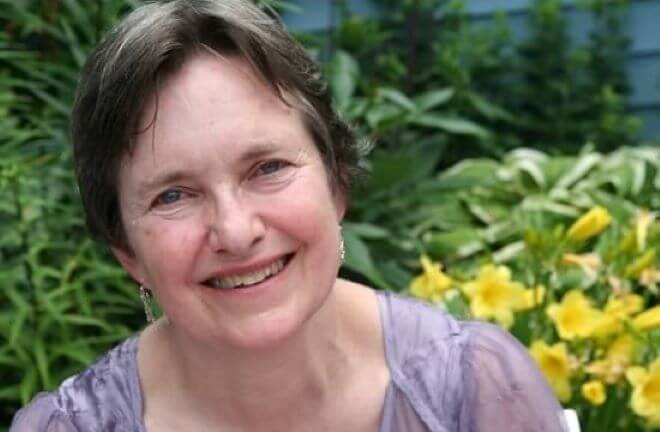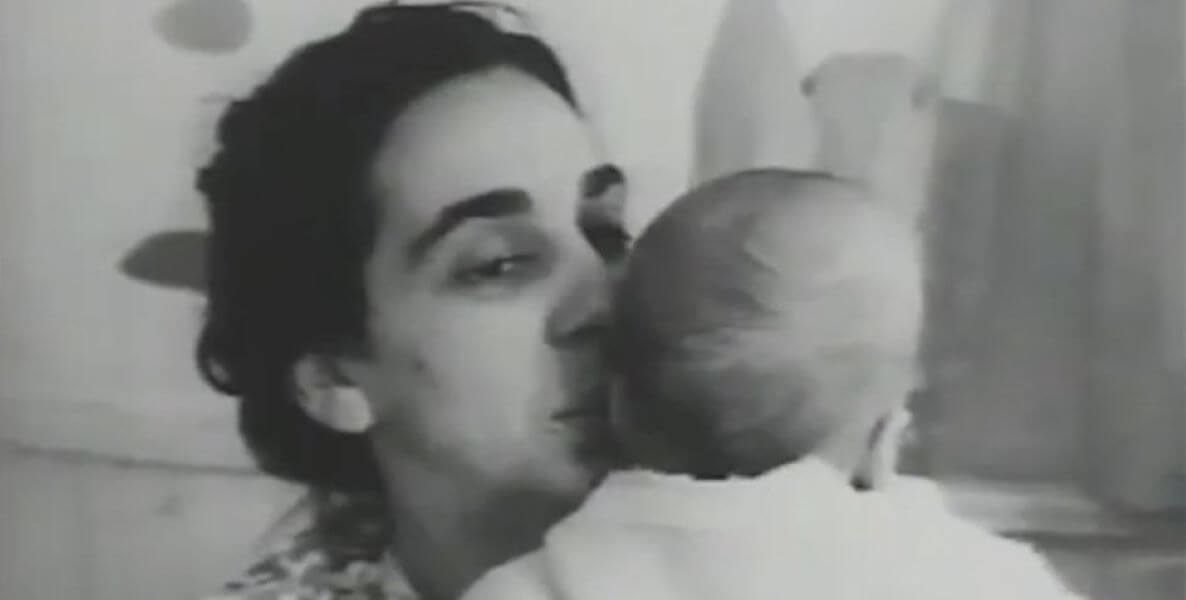It’s been 52 years since young women’s rights activists Mary Summers, Jane Pincus, Karen Weinstein and Catha Maslow made Abortion and Women’s Rights 1970, a 28-minute, black-and-white documentary about illegal abortion.
At that time, Roe v. Wade — the Supreme Court decision legalizing abortion throughout the country — was three years in the future. The film states that of the approximately 800,000 million abortions performed in 1970, one percent were obtained legally, 300,000 resulted in complications, and 8,000 resulted in death.
Today, Summers is a Senior Fellow in the Fox Leadership Program and lecturer in political science at the University of Pennsylvania. Pincus, an original author of Our Bodies, Ourselves, is a batik artist in Vermont. Weinstein, a former mental health worker, is an activist and elected education official in California. Maslow, a therapist and social worker in New York, passed away in 2015.
Fifty-two years have changed everything for these women. But, with the Supreme Court prognostications realized, Roe was overturned this month, instantly returning abortion to where it was 52 years ago in at least 13 states.
It is really important to build broader movements for feeding children, for maternal care, for daycare, for decent jobs, for safety, for clean air to breathe, for everything that supports families. If you’re serious about winning, you need to be serious about finding common ground.
In 1970, Mary Summers had just graduated from college when a film class teaching assistant suggested she pursue her interest in film and the women’s movement by joining Pincus, Weinstein and Maslow in making a movie about abortion. Summers wrote a $1,000 grant from Harvard Radcliffe to fund what she figured would be a summer project.
Instead, the foursome, all also previously active in the anti-war and Civil Rights movements, spent one year in and out of the MIT film lab — Pincus’ husband Edward, the documentarian, was a professor there — to turn a spectrum of stories into a film about American abortion, birth control, and bodily autonomy from a women’s liberation point of view.
This April, Summers, Pincus and Weinstein re-released their film online to allow anyone with an internet connection to glimpse what life was like for women seeking access to abortion and birth control 52 years ago, in order to prepare for the future.
The Citizen reached out to Summers to talk about why she co-created Abortion and Women’s Rights 1970, what she’s observed in the intervening half-century — and what should happen next.
Here, an edited and condensed version of the conversation.
What did you hope Abortion and Women’s Rights 1970 would achieve when you first released it?
When we started, we had seen this film as a tool for organizing for the passage of laws to legalize abortion state by state.
We were also aware that there were a fair number of people who were promoting abortion rights — which we agreed with — but who were doing it in the name of zero population growth. You know, the idea that poor people shouldn’t have so many children. And so, we were very, very, very aware of not wanting to make a film that would serve that message. We were also very conscious that we didn’t have the story of a Black woman. We did, however, have at least the voices of Black and Latina women speaking to these issues. We ended up with five stories that are sort of spliced together.

Roe wasn’t how you envisioned abortion becoming legal.
It is somewhat problematic that the women’s movement ended up relying so much on the courts to win abortion rights. You need to have debate and discussion — winning people over as opposed to it becoming a story of, Oh, these people are just relying on these liberal elites to run the country the way they want to.
Once we won Roe v. Wade, that left all the kind of grassroots mobilizing to be done by the other side. I always felt we could fight for abortion rights much, much more effectively as part of a broader agenda to make people’s lives better and healthier.
How did and do you want Americans to think about abortion?
The conversation about abortion should be part of the conversation about healthcare for all, which we’ve never won. It should be part of family support, which we’ve never won. To enjoy liberty, you have to have some basics. As FDR said, you need “freedom from want.” You need “freedom for hunger.” We’ve lost that way of talking about freedom and liberty.
One reason people like our film so much is it brings it home to people: Oh, here’s the things women actually have to weigh when they’re deciding whether to have an abortion. The woman [in the film] talking about how much better it was to have this lye solution [to end an unwanted pregnancy] than it was to have to have to give up another baby … It just kills you.
There is still so much hesitancy to talk about abortion.
Abortion could be like gay marriage in the sense of, if we all just stand up and say, Look, here’s why I had to have an abortion. Here are the positive differences made in my life to have access. That kind of work has not been done — and needs to be done.
When did abortion rights start to erode?
Pennsylvania was the initial state that allowed for the undermining of Roe, in Planned Parenthood of Southeastern Pennsylvania v. Casey. The Supreme Court ruled that states can regulate abortion as long as they don’t cause an “undue burden.” But then, states have let all kinds of undue burdens stand. That was the beginning of where we are now.
For example, there are states where a woman who wants an abortion first has to hear a health provider tell her that abortion is associated with higher rates of suicide and breast cancer, when that’s only the weakest form of association. They can only come up with those statistics because women who need abortions are overall much poorer, and poverty makes them more vulnerable to those conditions.
You need to have debate and discussion — winning people over as opposed to it becoming a story of: Oh, these people are just relying on these liberal elites to run the country the way they want to.
People ought to be enraged about those kinds of scripts. This is the opposite of liberty for both the health professionals and the women.
Pennsylvania doesn’t mandate the false scripts, but it does outlaw Medicaid payments for abortion.
What do you feel is the biggest change to abortion since Roe?
There are a lot of differences, but one really key thing is the abortion pill. Something like 50 percent of abortions now use the pill, which is much easier to distribute. No matter what the state law says, getting pills to women and letting them have a self-managed abortion in their own homes is really different.
Still, we have to have clinics and support for the women who aren’t able to get the pills and who need the surgical abortions or the vacuum procedures.
Abortion has become such a divisive issue. Do you see a path for making it less so?
It’s critically important that [the fight for abortion rights] be part of a larger pro-life, liberty and the pursuit of happiness agenda as is promised in the Declaration of Independence. Governments are instituted to protect life, liberty, and the pursuit of happiness. We need to connect these issues.
The vision of the “right to life” movement then and now is actually so narrow. Its leaders and political supporters are not at all about supporting healthier, happier, more stable lives; their only real issue is opposition to abortion.
It is really important to build broader movements for feeding children, for maternal care, for daycare, for decent jobs, for safety, for clean air to breathe, for everything that supports families, where having a choice to make an appointment to be able to have an abortion has to be part of the spectrum of what people all people need in order to truly have life, liberty and the pursuit of happiness.
These goals get lost when the only focus is on abortion, or critical race theory. If you’re serious about winning, you need to be serious about finding common ground.
Now it looks like we’re going to have to win this again, state by state.
Correction: The original version of this post described Mary Summers as a “professor” at Penn. She is a lecturer in political science and Senior Fellow in the Fox Leadership Program there.
![]()
MORE ON WOMEN’S HEALTH AND REPRODUCTIVE RIGHTS
OUR FIVE MOST POPULAR STORIES THIS WEEK
A still from the film Abortion and Women’s Rights 1970


